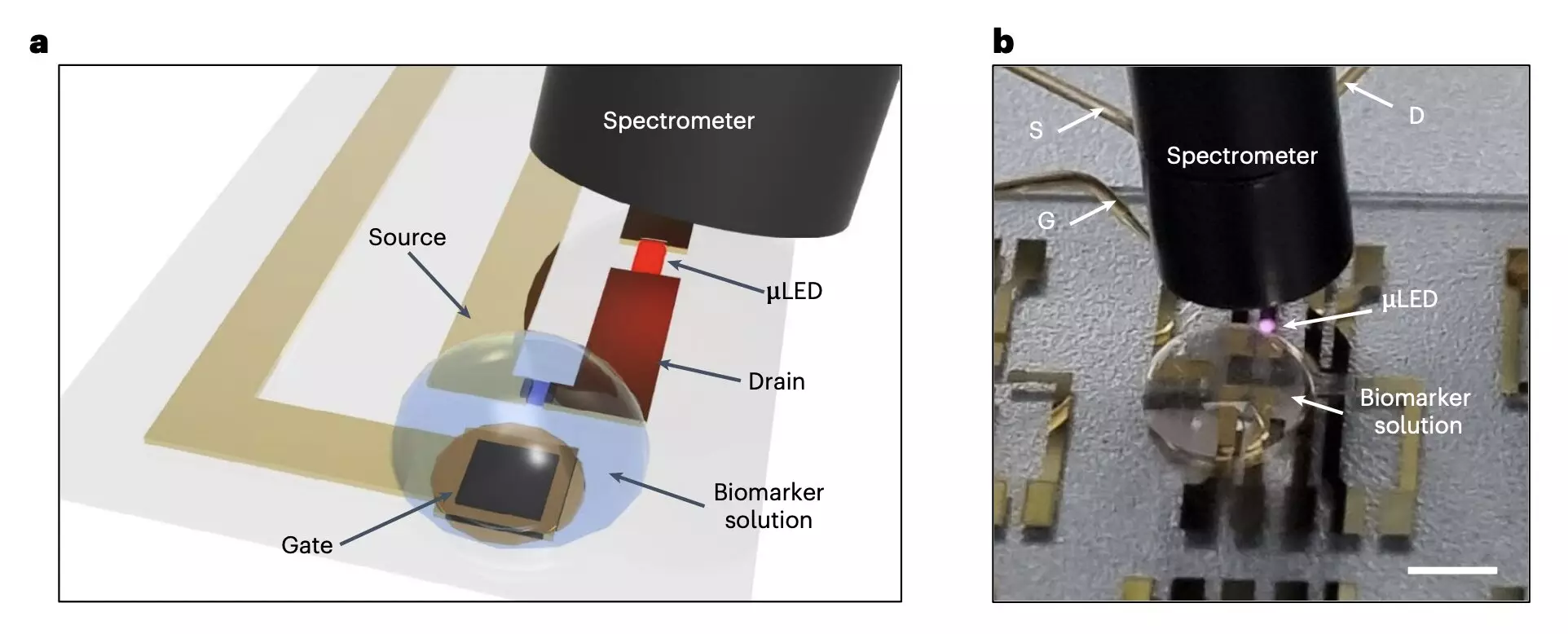In an era where health management is paramount, innovations in wearable technology are paving the path for more effective monitoring of physiological metrics. Traditionally, wearable devices have revolved around tracking essential data such as heart rates, sleep quality, and daily calorie expenditure. However, the latest advancements in this field, particularly those developed by electronics engineers, are shifting focus toward nuanced biological signals that reveal deeper insights into a user’s health status. This technology is not only beneficial for fitness enthusiasts but also holds significant promise for the healthcare sector, enabling the timely detection and management of medical conditions.
Understanding Organic Electrochemical Transistors (OECTs)
At the heart of these advancements are Organic Electrochemical Transistors (OECTs), composed of flexible organic materials capable of amplifying biological signals, thus enhancing their utility in wearable health devices. Unlike conventional sensors that primarily monitor straightforward metrics, OECTs can detect a wide array of biochemical markers—including glucose and lactate levels, pH balance, cortisol concentrations, and even neurotransmitter activity. Such capabilities open up new avenues for the diagnosis and ongoing monitoring of various medical conditions, thereby proving pivotal for personalized healthcare solutions. The flexibility of these materials makes them inherently suitable for wearable applications, allowing for comfort and convenience in everyday use.
Despite the impressive capabilities of OECTs, a significant challenge persists in the need for reliable data transmission. Most existing systems rely on traditional inorganic materials that compromise flexibility and increase the bulk of the devices. However, researchers have recently tackled this issue head-on. Notably, a team from the Korea Institute of Science and Technology (KIST) presented a groundbreaking wireless device that seamlessly monitors biomarkers such as glucose, lactate, and pH levels. Their innovation, detailed in the journal Nature Electronics, showcases an effective integration of both organic and inorganic components, yielding a lightweight device that measures only 4 µm in thickness.
The KIST team, headed by Kyung Yeun Kim and Joohyuk Kang, achieved a notable breakthrough by merging OECT biochemical sensors with inorganic micro-light-emitting diodes (µLEDs). The design employs a unique process where gold electrodes and a polymer mixture of ionomers are patterned onto an ultrathin parylene substrate, effectively creating a highly responsive sensor system. This hybrid architecture allows biomarker concentrations to influence the current flowing through the OECTs, which correspondingly alters the emitted light from the µLEDs, establishing an efficient monitoring mechanism.
In preliminary trials, the device exhibited exceptional transconductance levels, reaching 15 mS, combined with remarkable mechanical stability, highlighting its potential for everyday use. This indicates that the device is capable of reliably tracking shifts in key biomarkers, making it a powerful tool for health management. Furthermore, the capacity to analyze near-infrared images laid the groundwork for possible future applications, including remote health assessments and telemedicine diagnostics.
Future improvements are foreseeable; researchers could adapt this technology to be powered by soft batteries or even solar cells, enhancing the device’s practicality and sustainability. The push toward a fully chipless sensing system could revolutionize personal healthcare, making advanced biomarker monitoring accessible to broader populations.
The Bigger Picture
As the convergence of organic electronics and health technology continues to evolve, the implications for both personal and public health are profound. These advancements not only herald a new era of health monitoring but also emphasize the importance of integrating innovative materials and methods in developing devices that cater to individual health needs. With ongoing research and development, we stand on the brink of a transformative shift in how we perceive everyday health management and personal wellness. The potential of wearables powered by advancements like OECTs could indeed redefine health care—as we know it.

